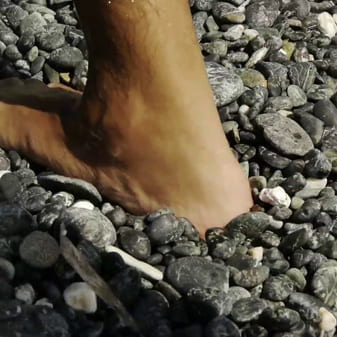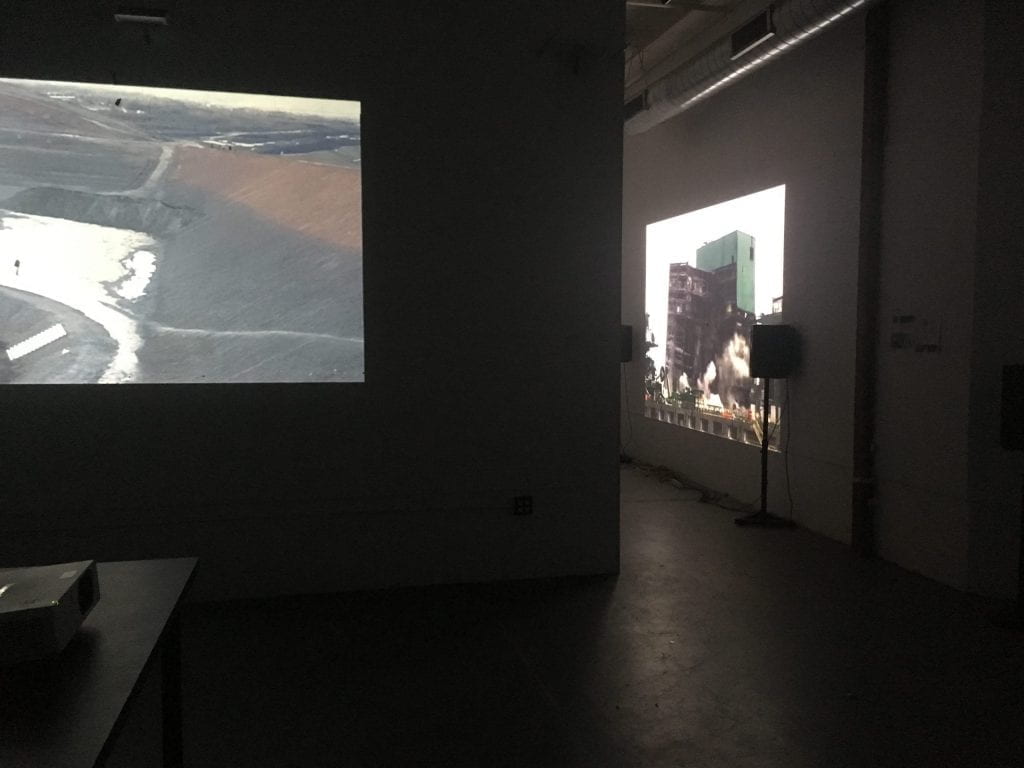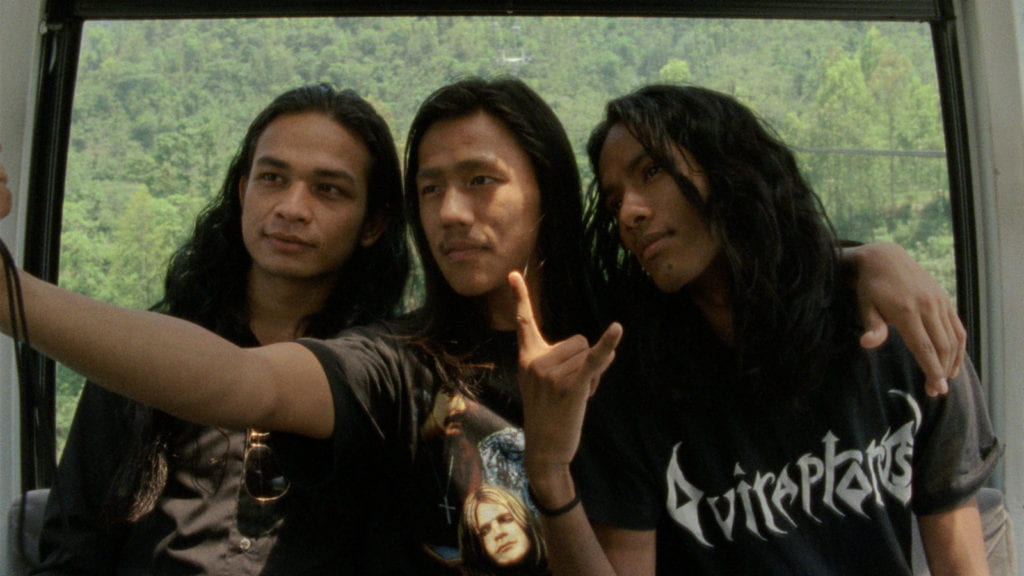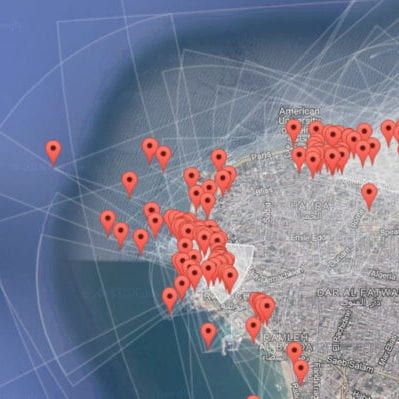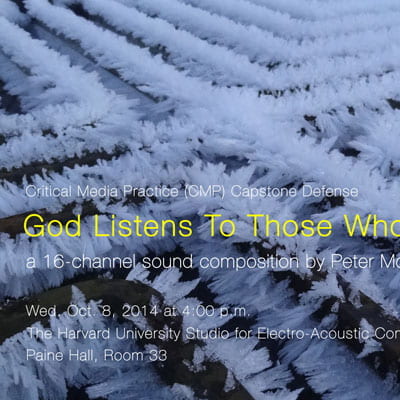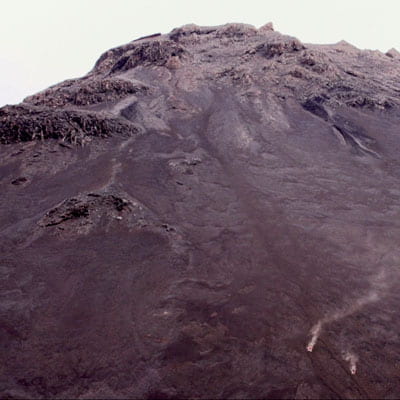In the summer of 1989, picturesque Prince William Sound in southern Alaska became the scene of a multi-billion dollar, multi-institutional “cleanup” operation. A few months before, just after midnight on March 24, an Exxon-owned tanker carrying Prudhoe Bay crude oil had run aground on a reef well outside its shipping lane, ultimately releasing some 10 to 40 million gallons, causing one of the worst environmental disasters in history. The botched response effort by Exxon and Alyeska Pipeline and the shocking sights of oil-smothered wildlife and oil-ridden beaches set off extraordinary amounts of imaging and storytelling, for use in upcoming litigation and nightly news broadcasts. For the summer at least, the lower 48 mourned with Alaskans.
“Cleanup” by Kyle Parry, a member of metaLAB@Harvard, exposes an unusual byproduct of the spill: a roughly 777-gigabyte, 56-hour digital archive of videos produced by state and federal agencies from the first days of the catastrophe through the end of 1990. “Cleanup” gathers fragments of this intractable archive into shifting assemblages of violence, deception, performance, and resilience. “Cleanup” was installed in the Lightbox Gallery of the Harvard Art Museums in April of 2015 as part of an investigation of how technology can help us visualize, explore, and play with large fields of information. The project explores in moving image installation what Parry’s dissertation explores in writing: how diverse forms of media assemblage can facilitate—and disrupt—memory and engagement around large-scale events.
www.kparry.com





